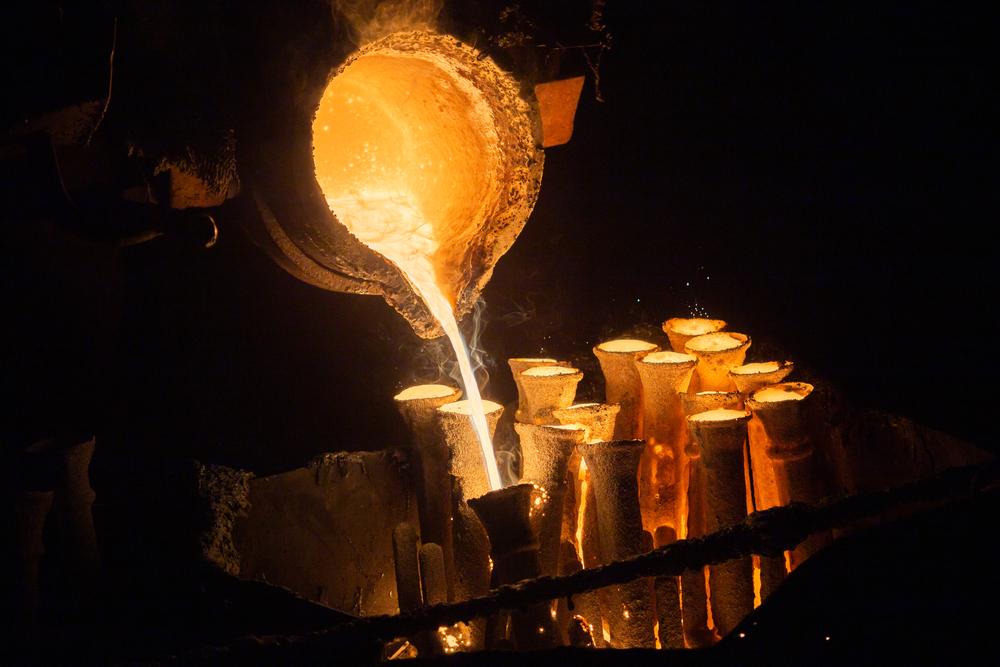This is a metal casting procedure that produces a disposable wax model from an injection molding type of tool. It is also known as the lost wax process. To create a multilayer mold, the wax figure is continuously dipped into liquid ceramic slurry. The disposable wax is burnt off when the ceramic has cured, and metal is poured into the hollow chamber. This method, when paired with nickel-based super alloys, creates the most crucial, precise components for top jet engines, medical equipment, and so on.
Most common metals, such as aluminum, bronze, magnesium, carbon steel, and stainless steel, can be used. Turbine blades, medical equipment, weapon components, gears, jewels, golf club heads, and many more machine components with complicated geometry are all made via investment casting.
Investment relates to the ceramic slurry application method. There are two basic methods for enclosing wax designs in high temperature ceramics, which eventually become molds to contain molten metal. Other methods include putting ceramic slurry around a wax tree assembly within a container, then dipping the wax into the slurry to apply the slurry in layers. When any object is dipped into a liquid and the liquid remains on the surface, this is referred to as investing.
The investment casting technique has several distinct advantages, including:
Design Freedom,
Machining cost savings,
Fabrication has been reduced,
Excellent Mechanical Properties,
Aesthetic Excellence,
Reproducibility,
Investment casting may achieve extraordinarily precise dimensional tolerances across a wide range of alloys. A linear tolerance of +/-.005 inch/inch is normal for investment casting, depending on the size and complexity of the item. In general, the tighter the dimensional tolerance that can be maintained, the smaller the part.
Investment casting may produce excellent surface finishes. Our castings typically have a surface quality of 90 RMS (Root Mean Square).
Typically, a split negative-cavity metal die is created from which wax models are created. Depending on the intricacy of the casting cavity, ceramic inserts and soluble wax cores are also employed to obtain the appropriate internal component design. Tooling life is typically 50,000-60,000 pieces, although for larger volume operations, this life can be significantly enhanced by using steel inserts in the aluminum die.
It is far less expensive than plastic injection molding tooling, and continuous advancements in CAD/CAM and machining technology have further lowered the previous high cost of investment casting tools. Furthermore, the incorporation of computer-driven technology has greatly decreased the amount of labor necessary in tool design and manufacture.
Because the investment casting mold is porous by nature, the trapped air spontaneously exits through the shell.
2D technical drawing
3D model data
Casting material / alloy information
Yearly demand quantity and delivery lot-size
Specific quality requirements / standards


